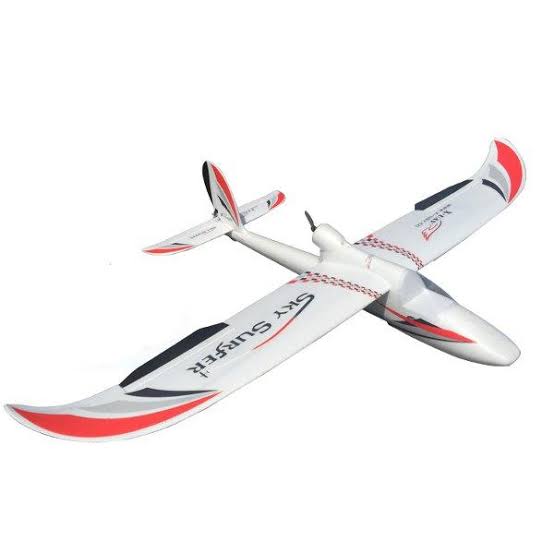Examining Requirements
At our meeting with Prof Benoit today for possible applications of our project, it was suggested that we look into infra-sound and pressure sensors.
While these are interesting sensors, their sampling rate requirements of 80Hz or more are problematic.
Initially, we envisioned applications like monitoring of temperature, sampling once every minute at most. Assuming 12 bits per sample, over one week, this works out to 7 days * 24 hours * 60 minutes * 12 = 118kbit~ of data collected. With the SX1262 supporting LoRa speeds of up to 62.5kbit/s, this is easily transferred within a few seconds.
However, sampling (even just one) sensor at 80Hz is almost two orders of magnitude larger than what we planned for!
If we were to consider even just 12 bits per sample again (a higher resolution is likely necessary for audio/pressure), we are looking at 7 days * 24 hours * 3600 seconds * 80 * 12 = 553Mbit~ of data.
Transferring 553Mbit of data at 62.5kbit/s will take over 9000s of continuous transmission. When considering that we could be receiving data from multiple sensors at the same time, together with how far a LoRa signal reaches (and duty cycle limits we should respect), its clear that our existing design cannot scale to this level. We have not even considered protocol overheads for ensuring data integrity.
Alternatives
The next easily accessible protocol that comes to mind is Wi-Fi. We take a close look at the ESP32, a microcontroller from Espressif Systems that comes with a 2.4GHz radio. We have a quite a few options here:
Wi-Fi
Espressif’s documentation claims a maximum in-air throughput of 30Mbit/s over UDP. However, these are lab conditions and real-world performance will likely be lower. We also have to consider the overheads of joining a network.
Raw Packets/ESP-NOW
The ESP32 supports transmitting raw 802.11 packets, which can lead to some interesting possibilities like receiving packets over a distance of kilometres. Our application is slightly different – we cannot carry such a large antenna on a UAV, we don’t need 10km of range, but we do need a higher data transfer rate than what was achieved in the video.
ESP-NOW has been empirically tested to achieve rates of up to 460kb/s, but is assumed to be using the default Wi-Fi bit rate of 1Mbit/s. The bit rate is configurable.
Moving Forward
It is quite clear that LoRa will not support such high data transfer rates. Alternatives like Wi-Fi on a ESP2 will support much higher data transfer rates in theory, but we will still need to benchmark the different options and evaluate whether the theoretical performance is achievable in our setup.












